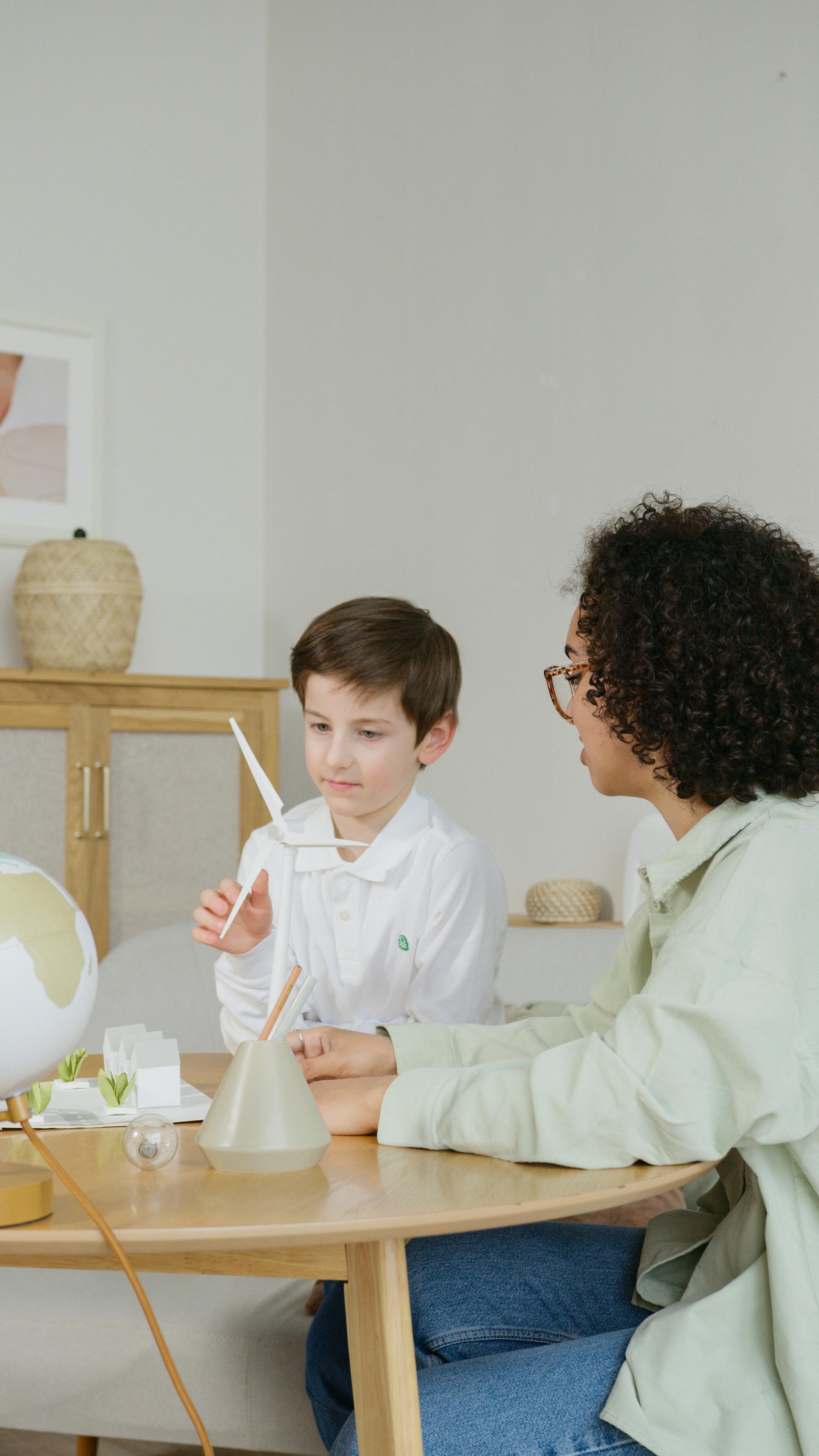
How Academic Coaching Can Inspire Thinking in Students
A student may learn what climate change means or how to sort waste, yet still feel unsure about how to act on that knowledge. The challenge is linking facts to choices made in daily life. Academic coaching focuses on bridging that gap, teaching students to question, analyze, and respond with purpose.
In this article, we explore how this approach can nurture students who care about the environment and know how to protect it.
Beyond Tutoring: Coaching for Sustainable Thinking
The difference between tutors and academic coaches is bigger than it sounds. A tutor usually sticks to one subject. Maybe it’s helping with a set of algebra problems, maybe it’s going over a history essay before it’s due. The aim is often pretty clear: get the grade up, pass the test, or finish the assignment.
An academic coach works in a different way. They are less about the single subject and more about how a student learns across the board. That might mean figuring out a way to keep track of deadlines, finding a routine that actually works, or learning how to break down a task that feels overwhelming. These are the skills that stick, the ones a student can use in any part of life, including when deciding how to live in a way that respects the environment.
How Coaching Techniques Cultivate Green Perspectives
Coaching can help students develop routines that naturally align with caring for the planet. It’s less about adding extra lessons and more about using everyday schoolwork as a way to practice thinking that leads to better choices.
Systems Thinking Development
A coach might take a normal class assignment and stretch it a bit. A history project could grow into a look at where materials came from, how they were moved, and what happened to them later. Sometimes they follow the path of a single product, right from the start to the point it’s thrown away. Students begin to see how one small thing connects to a much bigger picture.
Critical Problem Solving
Big environmental problems can feel too big to touch. A coach can help focus on just one part—like how much single-use plastic shows up at lunch—and then work through possible changes. They might try one idea, see how it goes, and then adjust. It’s usually a mix of testing, changing, and trying again.
Goal Setting with Purpose
Plenty of students want to “be more sustainable,” but a coach helps turn that into something specific. That could mean replacing bottled drinks with a refillable one, cutting down paper use in one class, or starting a compost bin. Smaller goals that can be measured often lead to bigger changes later.
Building Self-Awareness and Responsibility
Sometimes a simple question from a coach—such as “What do you use most often?” or “Who else experiences the effects of this action?”—can spark new awareness of daily routines.
Long-Term Planning and Adaptability
Some projects that help the planet take a long time. A coach can help set out the steps while also leaving room for surprises. Maybe a garden project faces bad weather, or a recycling plan changes when the school moves bins around. Being ready to adjust can be as important as the plan itself.
Putting it into Practice: Coaching for Green Action
Let’s take a real example. Say a student is having trouble with a science project on water quality in their area. An academic coach would not simply hand over the answers.
- Exploring Connections
The coach might open with a question: Where does the school get its water, and what happens to it after it leaves? Might local farms or industries play a role in its condition? Talking through questions like these can open the project to a wider look at how water systems work in real life.
- Defining the Problem
Together, the coach and student choose one clear focus within the bigger topic. It might be testing a certain part of a river or checking for one type of pollutant.
- Research and Analysis Skills
The coach shows ways to find good information and how to check if sources are reliable. This could mean comparing reports, looking at data from local agencies, or reading about different clean-up methods.
- Solution Brainstorming
Once there is enough information, the coach asks what changes could help. Could there be better filters at the school? Is there a need for more signs about safe water use? The aim is to list ideas first, then work out which ones might actually work.
- Action Planning
If the student decides to make an information sheet for the community, the coach helps set out the steps. That might be collecting facts, writing them in clear language, designing the layout, and working out how to share it.
- Reflection
When the project ends, the coach asks what difference it might make. What did the student find out about taking action for the environment? Could the same method be used for another issue in the future?
Instead of being just another school assignment, the work turns into a hands-on way to learn about the environment, how to research well, and how to take practical steps to solve a problem.
Final Thoughts
When coaching is part of learning, students gain tools they can use well beyond the classroom. They learn how to connect ideas, solve problems, and follow through on plans that help the planet.
These habits make environmental responsibility part of everyday life, and over time they shape communities that value and protect the world they share.